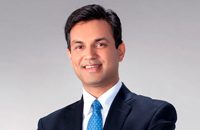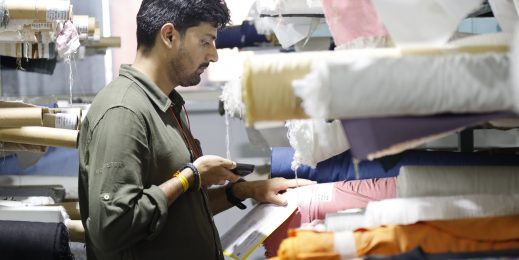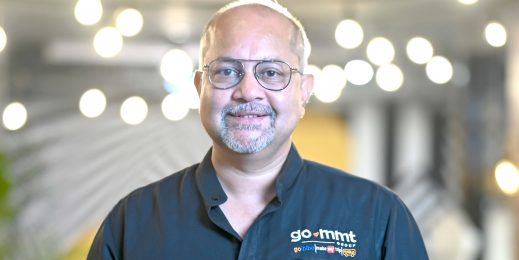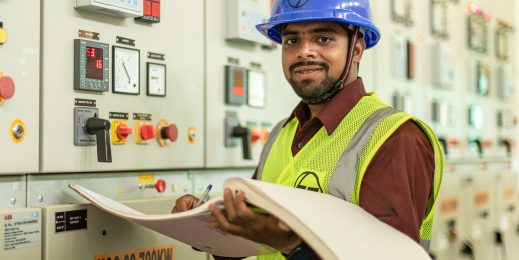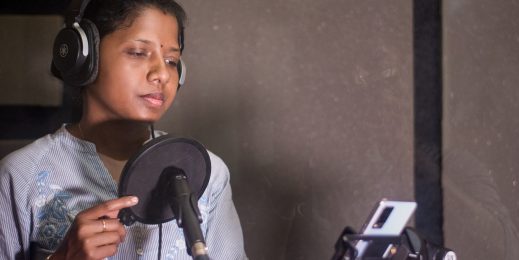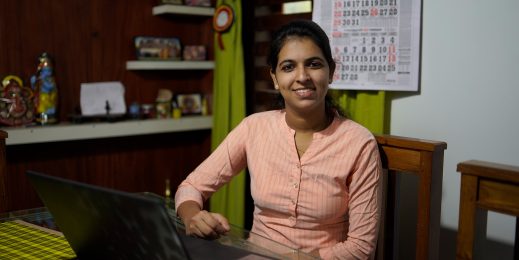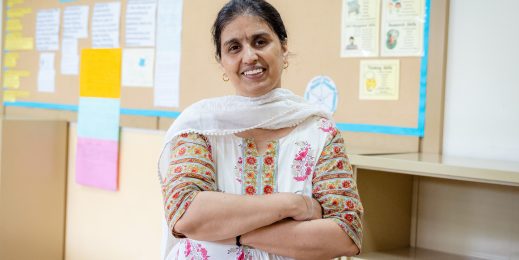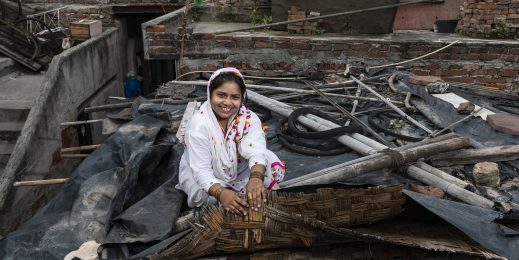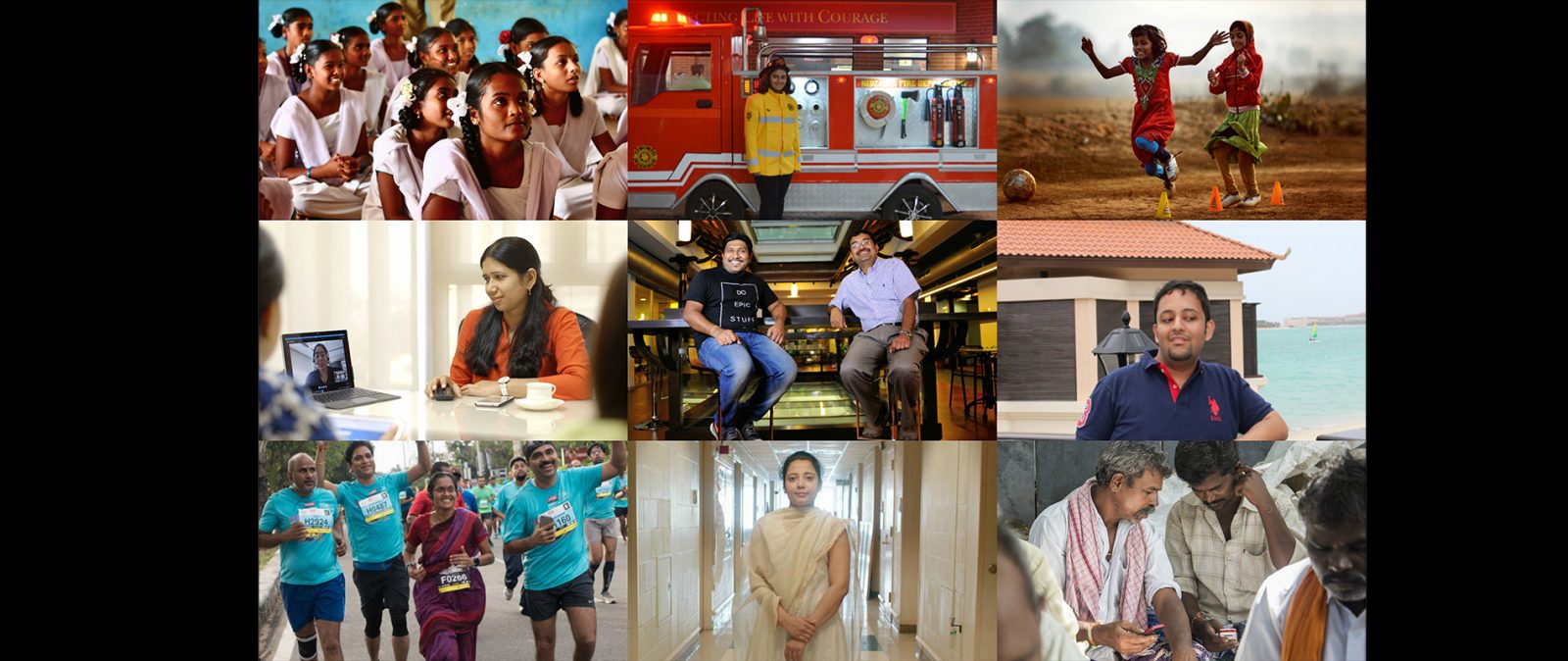
Our quest in India to empower every person and organization to achieve more
As 2018 begins, it invites a pause for reflection. I feel privileged to be a part of Microsoft, surrounded by thousands of brilliant minds believing in our mission – how do we empower every person and every organization on the planet to achieve more. This mission statement is not just about how our technology is digitally transforming businesses and enterprises but more importantly about the impact it can have by transforming the lives of individuals, their families and the society at large.
As I look back at the last 12 months, I’m amazed by the work being done by government, our customers, partners, individuals and my colleagues to empower the lives of people. I’m proud of the fact that we have the opportunity to play a role in the transformation of India’s core pillars of education, healthcare, agriculture, governance, among others. In 2017, we also embarked on creating products designed for India and I’m truly motivated to see their adoption amongst our customers
Here are some of those stories that have inspired me in 2017 and I hope will inspire you too to think about ways in which technology can truly impact lives and improve our society.
Education and Skilling
One of the biggest challenges in India is not only to impart quality education but to also ensure that students, especially in the vulnerable sections of the society, don’t drop out of schools – about 25% students drop out from grade 10 to grade 11. We partnered with the government of Andhra Pradesh to see how machine learning can help educators foresee signs of a student being on the risk of dropping out and take preventive action. In 2017, the government expanded the rollout of the program to all 13 districts in the state.
Imparting quality education to every student is one thing but another question facing us is how do we empower every person to skill themselves for opportunities in jobs that are available in the market? We initiated Project Sangam, which aims to upskill the workforce to prepare it for jobs that exist now and in the future. The learning modules are hosted on the cloud and are coupled with the power of LinkedIn to enable candidates to find jobs.
I’m also inspired by the likes of Franz Gastler, who started a non-profit Yuwa to educate girls from rural Jharkhand; as well as Ranjit Singh Disale and Gunjan Tomar, who were awarded Microsoft’s Innovative Educators. It is an honor for us to be a part of their endeavors.
Digital Agriculture 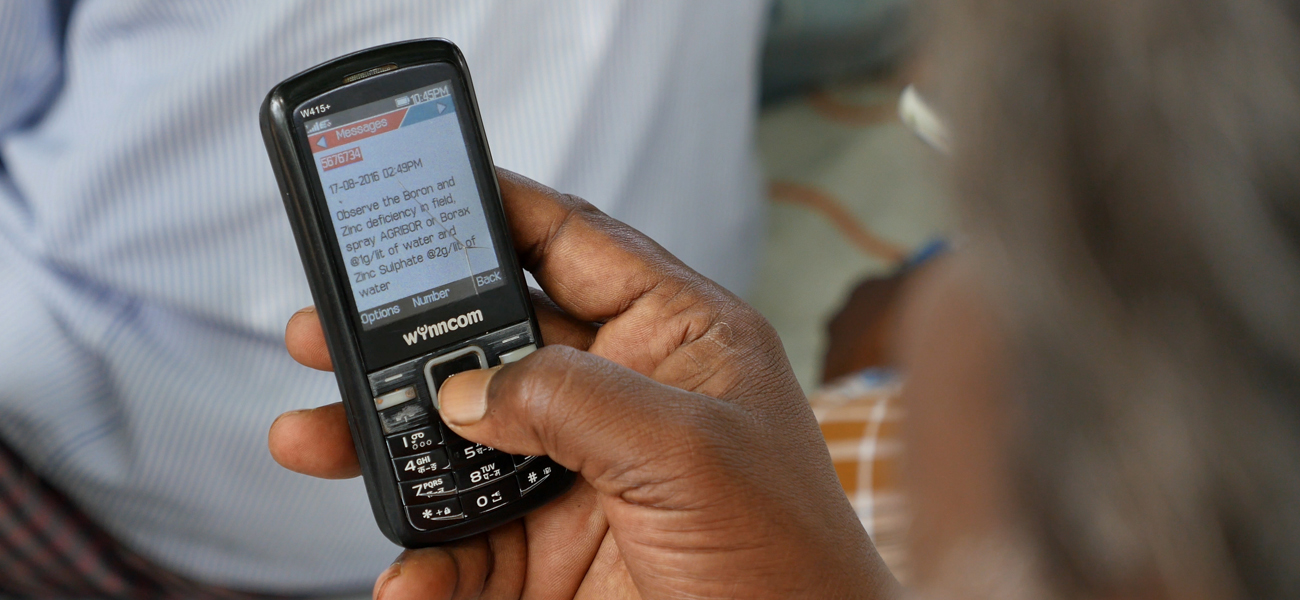 In 2016 we enabled digital agriculture with a small-scale pilot in Andhra Pradesh with our partners at the International Crop Research Institute for the Semi-Arid Tropics (ICRISAT), where we used machine learning and historic weather data to predict the best time for sowing seeds and other stages of the farming process and pass on that information to farmers via SMS. In 2017, we not only increased the pilot to more farmers across additional states like Telangana, Maharashtra and Madhya Pradesh, but also expanded the crops for which we can provide predictive information and saw increase in crop yields ranging from 10% to 30%.
In 2016 we enabled digital agriculture with a small-scale pilot in Andhra Pradesh with our partners at the International Crop Research Institute for the Semi-Arid Tropics (ICRISAT), where we used machine learning and historic weather data to predict the best time for sowing seeds and other stages of the farming process and pass on that information to farmers via SMS. In 2017, we not only increased the pilot to more farmers across additional states like Telangana, Maharashtra and Madhya Pradesh, but also expanded the crops for which we can provide predictive information and saw increase in crop yields ranging from 10% to 30%.
Using our machine learning technologies, has been able to predict the possibility of pest attack and provide farmers with preventive suggestions. On the other side of the spectrum, we have partnered with the government of Karnataka to help provide price forecasting of tur (split gram) as much as three months in advance. What excites me the most is that this is just the beginning of our efforts to empower our farmers. Researchers at Microsoft India are working on Project FarmBeats, which uses low-cost ground-based sensors and aerial photography, along with data analysis systems that can provide even better predictive analysis for individual fields.
Improving preventive healthcare with technology
I’m very optimistic about how technology can change things for the better when doctors, governments, private institutes, NGOs, and companies like Microsoft come together. The Government of Telangana, for instance, is already using our cloud-based advanced analytics solution to screen children from birth to 18 years of age for major conditions affecting the health of children in the state.
One of the insights from the screenings indicated that visual impairment was among the most prevalent health issues among children. This led the Government of Telangana to adopt Microsoft Intelligent Network for Eyecare (MINE), which was developed in partnership with LV Prasad Eye Institute. MINE uses machine learning and advanced analytics to predict regression rates for eye operations, enabling doctors to pinpoint the procedures needed to prevent and treat visual impairments.
However, it is not just the governments, institutions and non-profits that are helping change India’s digital transformation. What amazes me the most is the passion shown by the country’s youth and I’m proud that we have been able to partner with the likes of Dr. Meghana Kambham and assist the 25-year-old doctor in her quest to improve healthcare screening in schools and tackle preventive diseases.
Making technology work for India
At nearly half-a-billion users, India has among the largest mobile-first and mobile-only (with no access to a PC) working population on the planet. To enable this large workforce to achieve more, we launched Kaizala, a communication and productivity tool for India’s front-line workforce. We have seen states like Andhra Pradesh using Kaizala to bring different government agencies on a single platform. Apollo Tele Health Services uses it to ensure their remote clinics are meeting their hygiene standards and their staff can file reports directly from the field.
While the rest of the world might be talking about self-driving cars, researchers at Microsoft India have devised ways on how low-cost tech can make drivers drive better. Project HAMS uses a smartphone as an intelligent edge device that can track multiple events such as driver distraction, fatigue and gaze tracking, as well as vehicle ranging, which determines whether a safe separation distance is being maintained with the vehicles in front.
Another set of researchers are feeding on a healthy diet of Bollywood movie scripts to figure out how bots of the future will be able to understand how humans mix languages in a conversation. We are also breaking language barriers by adding more Indian languages in Microsoft Translator.

On the other hand, we already have Ruuh, a cognitive chatbot modeled around a 19-year-old girl. Apart from chatting about Bollywood, cricket and weekend plans, she’s also helping handloom weavers in rural India by generating colorful design patterns with the help of neural networks. Who could have thought that a chatbot could do this?
Looking ahead at 2018, I’m inspired as well as excited about the opportunity we have, to empower every person and every organization in India and on the planet to achieve more. As all of us enter the fourth industrial revolution, while there is so much progress to look back and feel proud of, I believe that tremendous possibilities wait for us and we are just getting started!
Anant Maheshwari is President, Microsoft Corporation (India) Pvt. Ltd.





